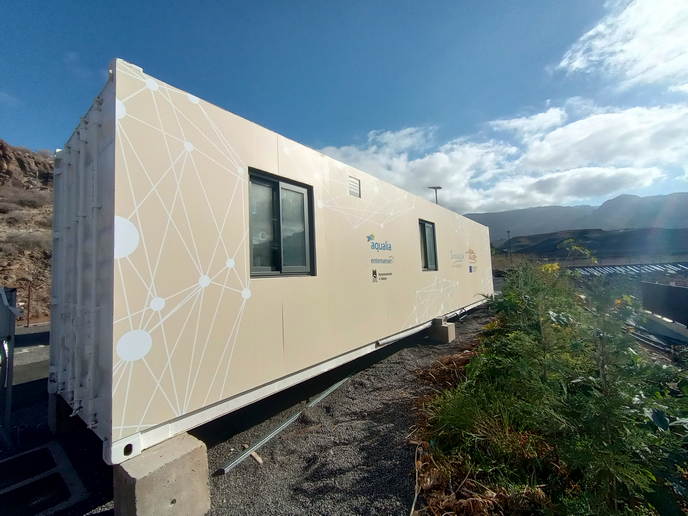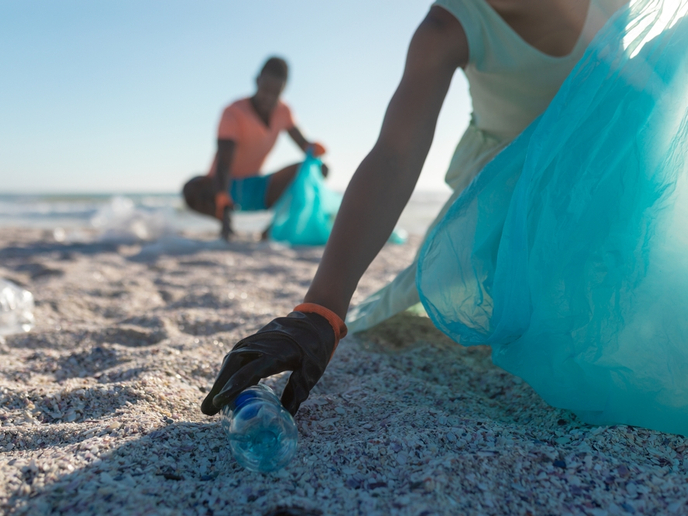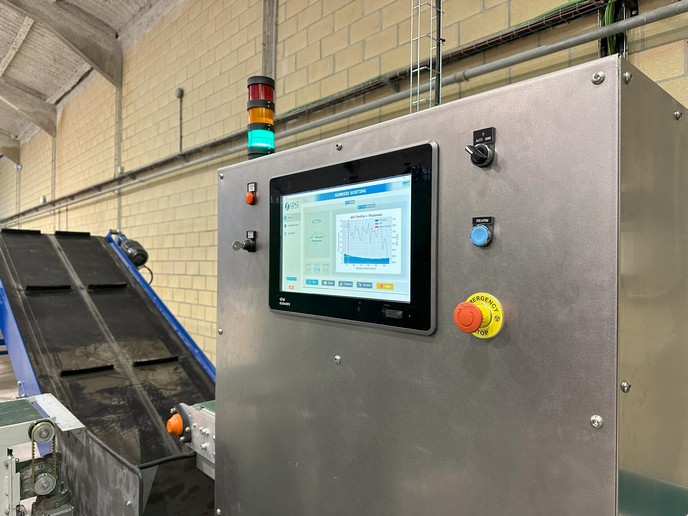Multi-mineral, modular brine ‘mining’ process
Desalination of seawater is accelerating, largely driven by increasing water demand and the effects of climate change on freshwater resources. In the EU alone, desalination facilities can now supply up to 3.4 billion cubic metres of desalted water annually. About the same volume of concentrated brine remains, containing precious critical raw materials (CRMs) and other raw materials that are currently discharged back to sea as waste. The EU-funded SEA4VALUE project set out to develop a multi-mineral modular process that can be adapted to the brine composition, making the advanced technologies economically and technically feasible.
Expanding circularity to meet critical needs
SEA4VALUE originally targeted nine elements of industrial relevance – the CRMs magnesium, scandium, vanadium, gallium, boron and lithium, as well as the elements indium, molybdenum and rubidium. However, the team identified another need as well. Conventional desalination can produce water that is almost ‘too pure’ – lacking the minerals necessary for human health. Restoring these elements to drinking water requires buying them, often from distant suppliers. SEA4VALUE added calcium to its list of target minerals, further supporting a circular economy in which the calcium removed from seawater can be reintroduced to the drinking water.
Real samples collected worldwide undergo pilot testing
SEA4VALUE’s separation, concentration and crystallisation technologies were developed and tested by partners in their laboratories throughout Europe using synthetic and real brines. The laboratory tests were quite successful at meeting target recovery of 90 % with 90 % purity. “SEA4VALUE’s technologies have been brought together in our ‘moving lab’ installed at the Aqualia-managed desalination plant in La Caleta de Adeje, Tenerife. Here, nearly 150 seawater and brine samples from locations around the world are being tested, validating the recovery of key elements under different concentrations and possible interferences,” explains Alexandra Scherer of the European Science Communication Institute. The ‘moving lab’ is generating tremendous insight. In the meantime, the conventional laboratory experiments demonstrated that “some technologies are recovering more than 95 % of the target element. These include modified nanofiltration, calcium recovery, non-dispersive solvent extraction, adsorption and electrodialysis with bipolar membranes. Other technologies such as ionic-liquid extraction or polymer inclusion membranes require further research to increase their selectivity and efficiency,” says SEA4VALUE’s technical coordinator Sandra Casas of EURECAT. Technologies developed in the project are based on green reagents to reduce the impact of the treatment and aim to increase the water recovered from the desalination process by 20 %.
A legacy extending beyond SEA4VALUE’s project duration
SEA4VALUE also developed an evaporator resistant to corrosion by salt water and with lower energy consumption, with many potential applications beyond SEA4VALUE. Furthermore, the project has been raising awareness of desalination for mineral recovery. As one of the first such projects, SEA4VALUE initiated a CEN workshop on brine ‘mining’, providing public recommendations on minerals and treatments. The mineral content of the samples can be found in a database accessible on the project’s website with free registration. A platform to model the process is being developed for use in defining the most suitable treatment scheme based on the initial brine composition. SEA4VALUE has made an invaluable contribution to two key global challenges – access to a sustainable, local supply of minerals and metals and to healthy drinking water – through a circular economy leveraging desalination plants.
Keywords
SEA4VALUE, desalination, brine, minerals, raw materials, seawater, CRMs, circular economy, critical raw materials







